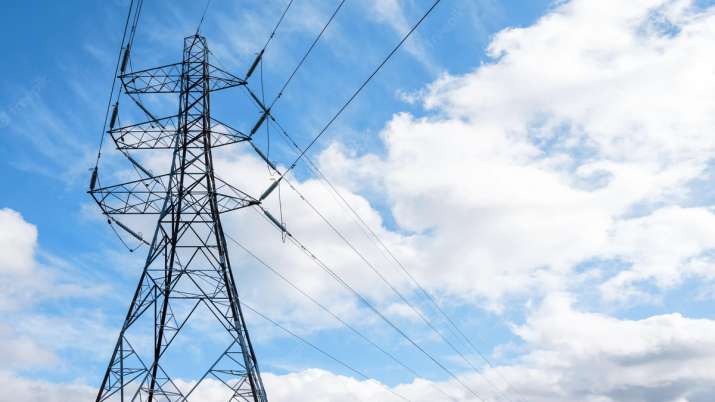Power Minister RK Singh said on April 28 that some states are experiencing power shortages because power generation companies are not being paid. According to the media, Singh said several states did not increase domestic coal during the war, increasing fuel imports and allowing high fuel costs to be passed on.
“From the peak demand met, the system can meet the demand. The exchanges provide electricity, and the electricity price is capped at Rs 12 per unit (in the day-ahead market). However, they are not buying and resorting to load shedding,” he said.
Electricity Minister Alok Kumar said there were still 4,000-5,000 megawatts available in the centre’s pools, but the states did not demand yet. Talking about the coal shortage for power plants, Singh said the shortage was due to logistics, but there was enough fuel available.
Meanwhile, India’s peak power demand hit an all-time high of 204.65 gigawatts on Thursday, its highest single-day supply, as an ongoing heatwave engulfed swathes of the country. India’s most considerable electricity demand, or highest supply of the day, hit a record 201.06 GW on Tuesday. On July 7, 2021, the peak electricity supply surpassed last year’s maximum demand by 200.53 GW. However, according to official data, electricity demand has outstripped supply, as an 8.22 GW deficit emerged on Tuesday.
Likewise, 10.29 GW of electricity demand remained unmet on Wednesday, despite a peak supply of 200.65 GW.
Electricity demand is expected to rise further in the coming days. The Bureau of Meteorology predicts that the country’s heatwave will intensify over the next five days.
The IMD has issued an “orange” alert for parts of Rajasthan, Madhya Pradesh, and Maharashtra and forecasts a further 2C rise in the northwest. On Thursday, the India Meteorological Department (IMD) forecast that the heatwave will continue in northwestern and central India over the next five days and three in eastern India.
According to the ministry’s statement, energy demand rose by about 8.9 per cent in March this year. In addition, the ministry said it expects demand to reach around 215-220 GW in May-June. Electricity demand crossed the 6,000 MW mark for the first time in April as mercury levels in Delhi rose, Discom officials said.
According to real-time data from Delhi’s National Load Dispatching Centre (SLDC), the city had a peak power demand of 6,000 MW at 3.31 pm. “In April, peak power demand in Delhi reached 6,000 MW for the first time. This is a 3.7 per cent increase from 5,769 MW on Wednesday afternoon,” a Discom official said.
- Trade War May Ease if China Shifts Manufacturing to US: Jefferies
- 55th GST Council Set to Held on 21 December
- C2C Advanced Systems IPO GMP Today, Lot Size, Issue Date & Financials
- India to Lead Global Economy and AI: John Chambers
- Nazara Tech and WTFund to Invest in Two Gaming Startups
A weather department official said the maximum temperature in parts of Delhi could even jump to 46 degrees Celsius. A BSES spokesman said that as the city’s demand soared to 6,000 MW, its BRPL and BYPL areas saw peak electricity demand of 2,549 MW and 1,375 MW, respectively.



